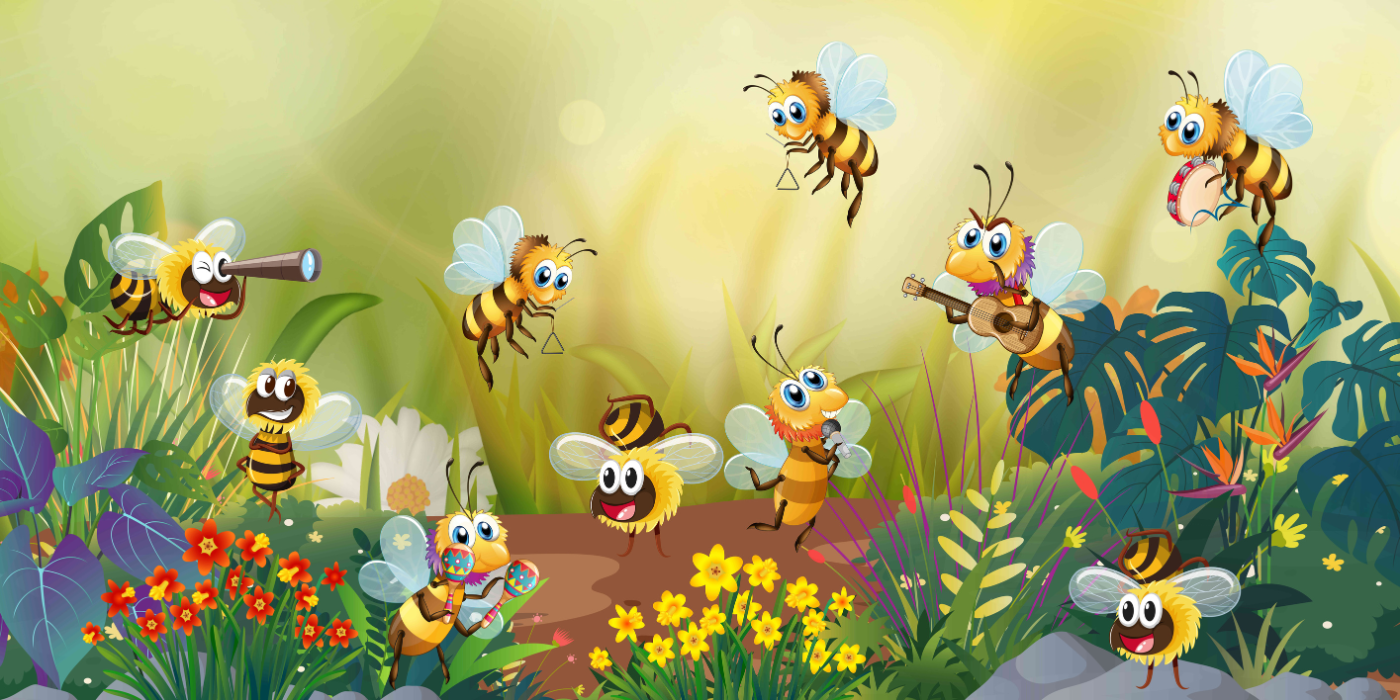Call (803) 754-7577

15 Most Helpful Spring Beekeeping Tips for 2024
As the days grow longer and the flowers begin to bloom, beekeepers everywhere prepare for the bustling activity of spring. This season is a critical time for bee colonies as they emerge from winter dormancy and kickstart their growth and honey production. To help you navigate this pivotal period with confidence and efficiency, we've compiled the 15 most helpful spring beekeeping tips. From hive inspections to swarm prevention, these tips will empower you to stay organized, proactive, and poised for success throughout the season.
1. Conduct Thorough Hive Inspections
Start the season by conducting comprehensive hive inspections to assess colony health, brood patterns, and honey stores. Look for signs of disease, pests, or queen problems and address any issues promptly.
2. Monitor Hive Population Dynamics
Keep a close eye on hive population dynamics as bees begin to increase their numbers in preparation for the spring nectar flow. Ensure that the queen is laying eggs consistently and that the colony has enough worker bees to support brood rearing and foraging activities.
3. Provide Adequate Ventilation
As temperatures rise, ensure proper ventilation within the hive to prevent overheating and moisture buildup. Consider adding ventilation aids such as entrance reducers, screened bottom boards, or upper hive entrances to maintain optimal hive conditions.
4. Super Your Hives
Anticipate the influx of nectar and pollen by adding supers to your hives in preparation for the spring honey flow. Monitor hive activity closely to determine when to add additional supers to accommodate expanding honey stores.
5. Monitor Pollen Availability
Pay attention to pollen availability in your area and ensure that your bees have access to diverse and abundant pollen sources. Consider planting bee-friendly flowers and shrubs to supplement natural forage and support bee nutrition.
6. Manage Swarm Prevention
Implement swarm prevention strategies such as providing ample space within the hive, performing regular hive inspections, and monitoring queen cell production. Consider making splits or adding swarm traps to capture swarms and prevent colony loss.
7. Monitor Varroa Mite Levels
Monitor varroa mite levels regularly using sticky boards, alcohol washes, or other monitoring methods. Implement appropriate varroa management techniques such as integrated pest management (IPM) practices or treatment thresholds to mitigate mite infestations.
8. Rotate Brood Frames
Rotate brood frames within the hive to encourage even brood development and minimize the risk of brood diseases. Replace old or damaged frames as needed to maintain hive hygiene and vitality.
9. Provide Fresh Water Sources
Ensure that your bees have access to clean and fresh water sources near the hive to support hive cooling, brood rearing, and honey production. Consider installing water sources such as birdbaths, shallow trays, or dripping faucets.
10. Perform Hive Splitting
Consider performing hive splits to prevent overcrowding, increase colony numbers, and manage colony growth effectively. Follow best practices for hive splitting, including selecting strong and healthy colonies, providing adequate resources to each split, and monitoring queen acceptance.
11. Monitor Hive Weight
Monitor hive weight regularly by lifting the back of the hive or using hive scales to assess honey stores and colony strength. Use this information to make informed decisions about supplemental feeding, supering, or hive management strategies.
12. Attend Beekeeping Workshops
Take advantage of beekeeping workshops, seminars, or online courses to expand your knowledge and skills as a beekeeper. Stay informed about the latest research, best practices, and emerging trends in beekeeping to improve your beekeeping practices.
13. Maintain Records
Keep detailed records of hive inspections, hive management activities, and hive health observations throughout the season. Maintain records of hive performance, honey yields, and queen performance to track progress and inform future management decisions.
14. Stay Prepared for Inclement Weather
Be prepared for sudden changes in weather conditions, including late frosts, heavy rains, or unseasonably cold temperatures. Take proactive measures to protect your hives from adverse weather by providing adequate insulation, windbreaks, or shelter.
15. Stay Connected with Fellow Beekeepers
Stay connected with fellow beekeepers, local beekeeping associations, or online beekeeping communities to share experiences, seek advice, and support one another throughout the season. Collaborate with other beekeepers to exchange resources, information, and best practices for successful beekeeping.
As you embark on your spring beekeeping journey, remember that each hive is a unique ecosystem, and flexibility and adaptability are key to successful hive management. By implementing these spring beekeeping tips and staying attuned to your hive's needs, you'll set the stage for a productive, prosperous, and fulfilling beekeeping season.
Happy beekeeping!


Leave a comment